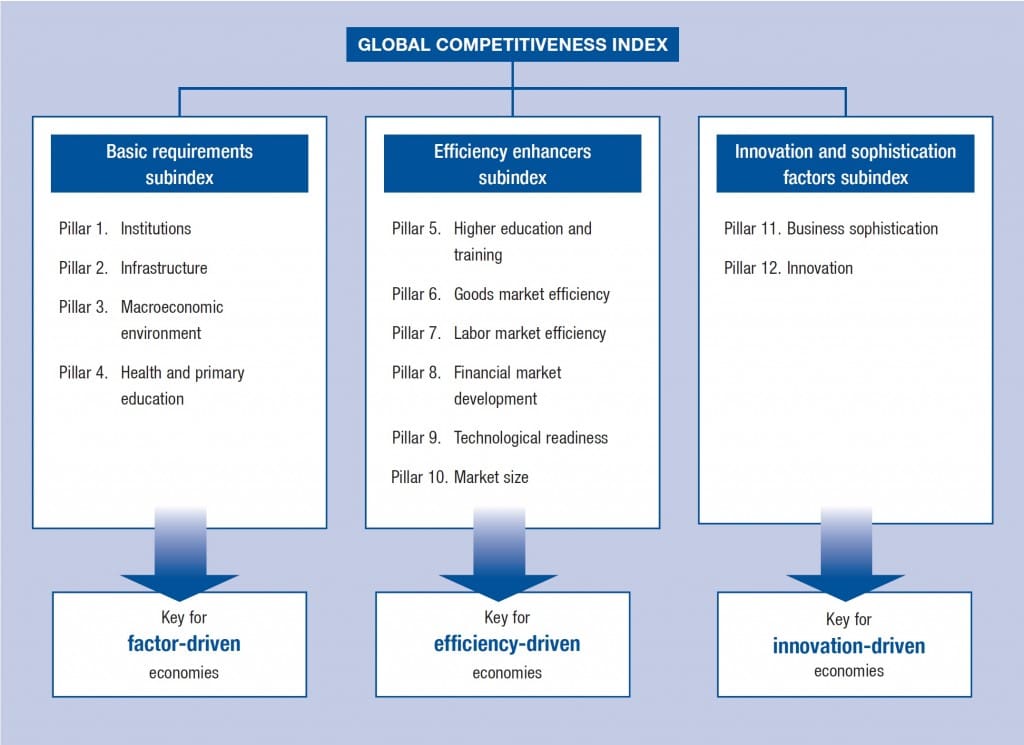
Early this morning I arrived home from the CSCMP Annual Global Conference, held in Sand Antonio, Texas. The conference is still going on as I write this post, and will be concluding later today. This was my first time attending the CSCMP conference, and I was pleasantly surprised at the breadth of topics covered in the sessions. Also, the educational and collegial atmosphere was refreshing. The sessions I attended were interesting and informative. I found the panel session on supply chain market forces and trends within the Warehousing track both interesting and relevant. Rod Gallaway from Staples, Evan Danner from TZA, and Kevin Ambrose from Wynright provided their personal insights on these topics. The discussions on the role of stores and distribution centers in today’s omni-channel environment was particularly informative.
The Role of the Store in Omni-Channel
There is a large disparity between the high growth rates of e-commerce and the stagnant growth of brick and mortar sales. However, store fronts are beginning to look advantageous again as the omni-channel paradigm continues to evolves. The most prevalent cross-channel use of stores is for facilitating the return of e-commerce purchases. Many online shoppers purchase multiple items with the expectation of only keeping one and returning the rest (think fashion alternatives or adjacent clothing sizes). The ability to return items through a local retail store is appealing to online shoppers and it also offers the retailer an opportunity to speak with the customer face-to-face and sell additional items while the shopper is in the store. The option for customers to order or reserve an item online and picking that item up at the store is another omni-channel flow path that leverages the store front. It is especially useful for items that are time critical to the customer (for example, printer ink cartridges). It also provides an opportunity for the retailer to interact face-to-face with the customer and to cross-sell complementary items.
However, there are still obstacles to overcome and improvements to be made in the effort to fulfill e-commerce orders from stores. For example, there is concern that store associates will miss opportunities to facilitate in-store sales while picking e-commerce orders. Also, it is more costly to fulfill e-commerce orders from the store than from the DC. ARC’s research shows that most retailers are still using paper-based systems to support order picking at the stores. This lack of technology further impedes picking accuracy and productivity in facilities that are already poorly organized for item picking. And there is a challenge with the technology infrastructure in the back rooms of stores as well. Technology solutions still need to be scaled to fit and support store operations. However, ARC’s research shows that retailers are investing heavily in technology to improve inventory visibility and picking accuracy within the stores. So improvements have been achieved, but there is still plenty of opportunity to improve upon the contribution of stores in omni-channel operations.
The Evolving Distribution Center
The growth of e-commerce has affected distribution center operations in a number of ways. The complexity and level of activity have increased. This makes the process of determining where and how to deploy inventory and fulfill orders more complex. There is a proliferation in the number of SKUs across businesses, as product categories become more and more segmented. And outbound processes have transitioned from large lot, full-pallet replenishment to case and item level picking. The increased complexity and activity is making technology, automation, and labor planning more critical. This is inducing companies to adopt technology such as pick-to-voice, pick-to-light, and other technologies that best fit the needs of the specific distribution operations. Although outbound accounts for the majority of costs, inbound is also moving from the pallet to the case level, making these processes more labor intensive as well. Overall, e-commerce fulfillment is increasing distribution center activity levels to the point where labor planning, technology, and automation investments are needed to contain costs.


















